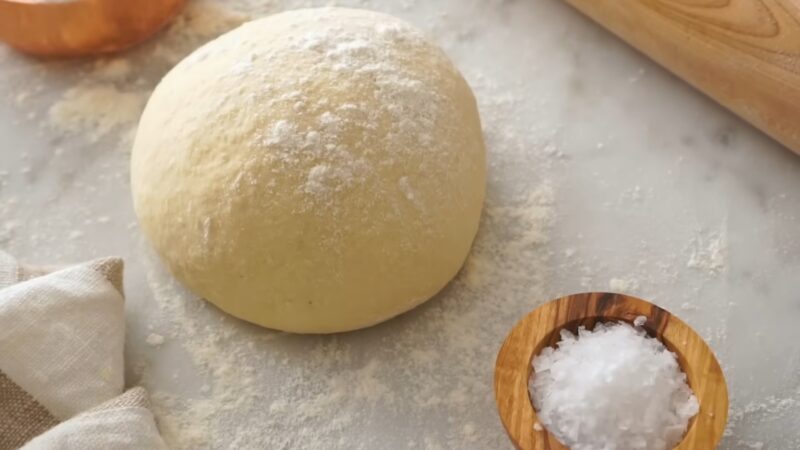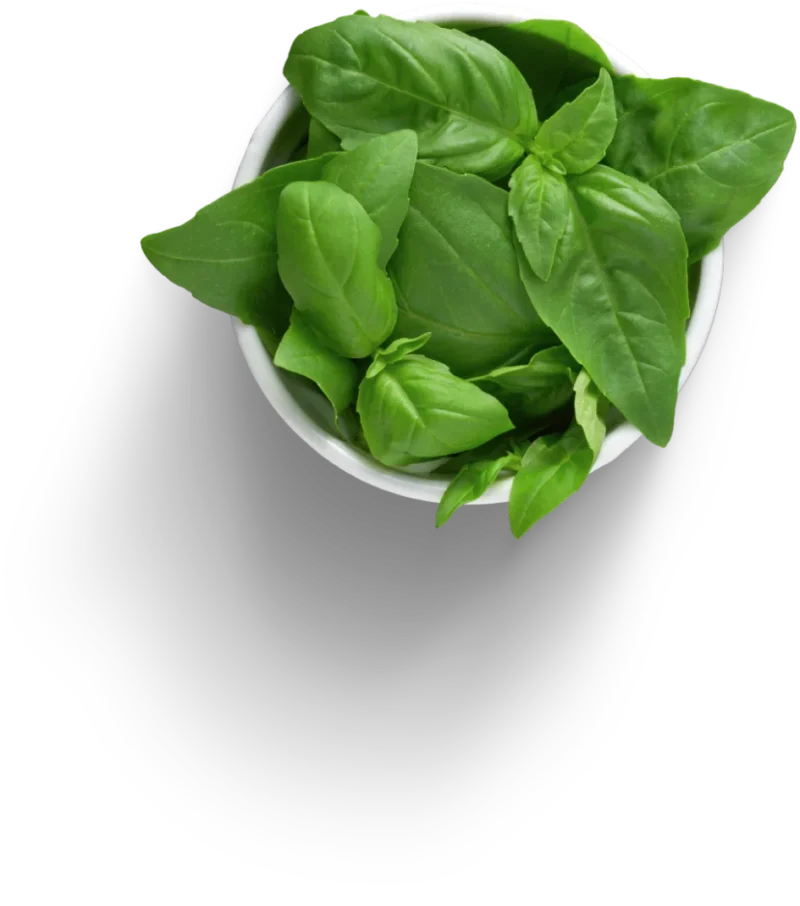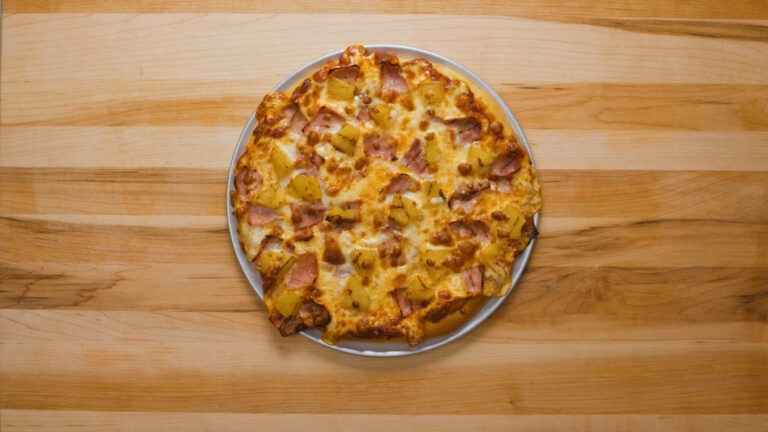Today, I’m excited to share with you the secrets of fermenting pizza dough. This isn’t just a regular dough. It is the kind that puffs up with life, flavor, and that perfect chewy texture we all crave in a pizza crust.
Fermentation might sound like a fancy term, but it’s really just the simple magic of yeast at work. So, roll up your sleeves, and let’s create that ultimate pizza base that will elevate your homemade pies to pizzeria quality.
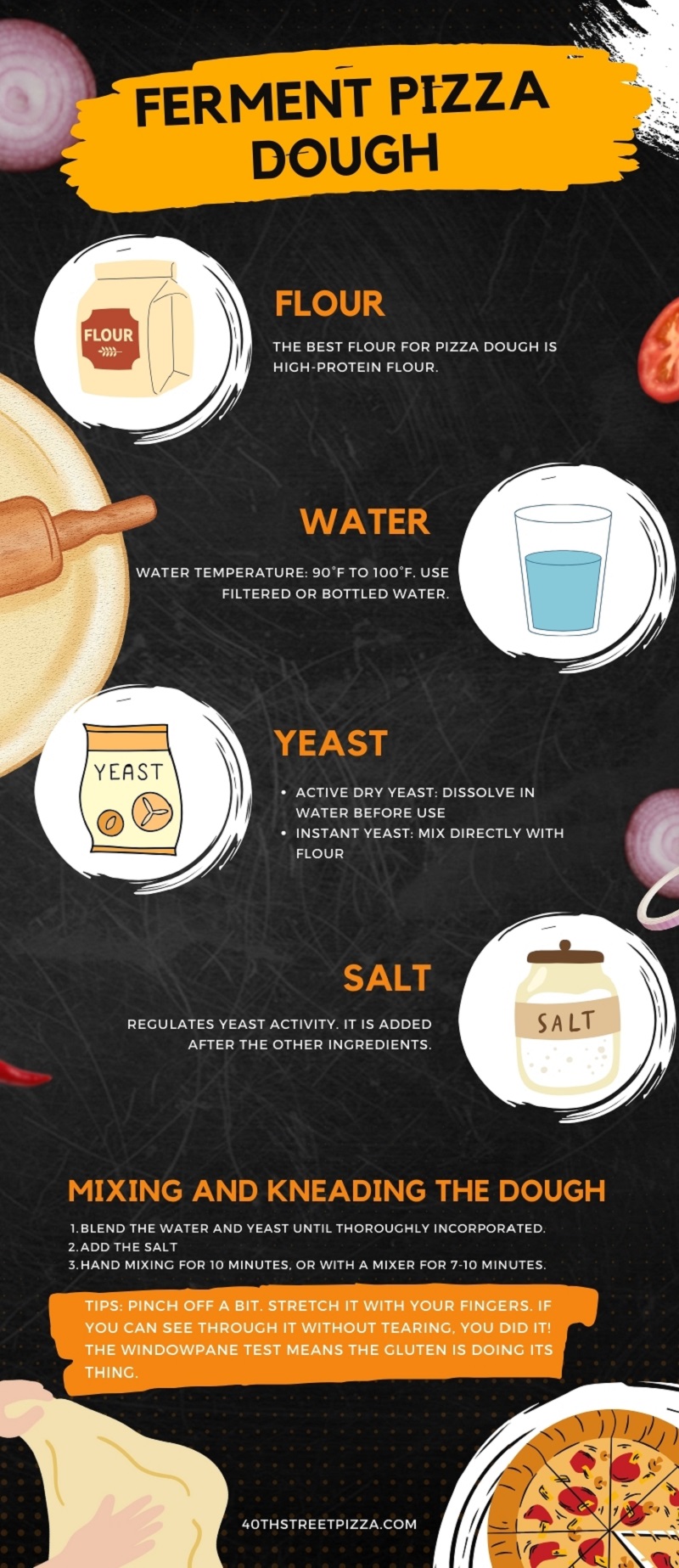
Ingredients
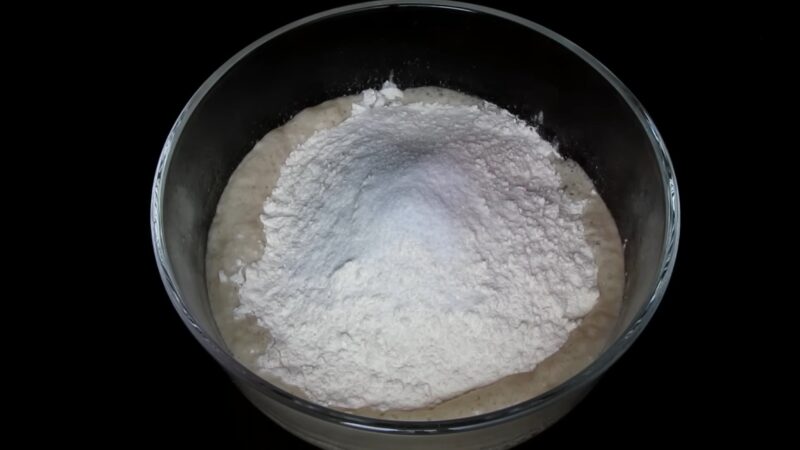
Creating a well-fermented pizza dough begins with the selection of the right ingredients. The flour, water, yeast, and salt are the fundamental components of pizza dough.
Flour
High-protein flour, often labeled as bread flour, is ideal for pizza dough. The high gluten content in this type of flour provides the necessary structure and elasticity you’ll need.
Some artisanal pizzas also add a portion of whole wheat or other specialty flour for added flavor.
Water
The water quality and temperature play a crucial role in fermentation. Chlorinated tap water can inhibit yeast activity, so filtered or bottled water is the best way to go.
The temperature of the water should be lukewarm, ideally between 90°F to 100°F, to create an optimal environment for yeast activation.
Yeast
Both active dry yeast and instant yeast are suitable for pizza dough. The key difference lies in their activation; active dry yeast needs to be dissolved in water before use, whereas instant yeast can be mixed directly with the flour.
Salt
Besides seasoning, salt regulates yeast activity and strengthens the gluten structure in the dough. It should be added after combining the other ingredients to prevent it from directly contacting the yeast, which can hinder its effectiveness.
Mixing & Kneading
Mixing and kneading the dough is super important for getting it just right. You gotta work that gluten! First, dump the flour, yeast, and water in a big bowl. Mash it all together till it looks like dough.
Now’s the fun part – add the salt! Keep mashing and squishing with your hands or use your mixer. If you’re doing it by hand, get out on the counter and really work that dough. Push and fold for approx 10 minutes.
Your arms will get tired but don’t stop. Pretty soon, the dough will get nice and smooth. In the mixer, go for 7-10 minutes.
Here’s the test – pinch off a bit. Stretch it with your fingers. If you can see through it without tearing, you did it! The windowpane test means the gluten is doing its thing.
Fermentation
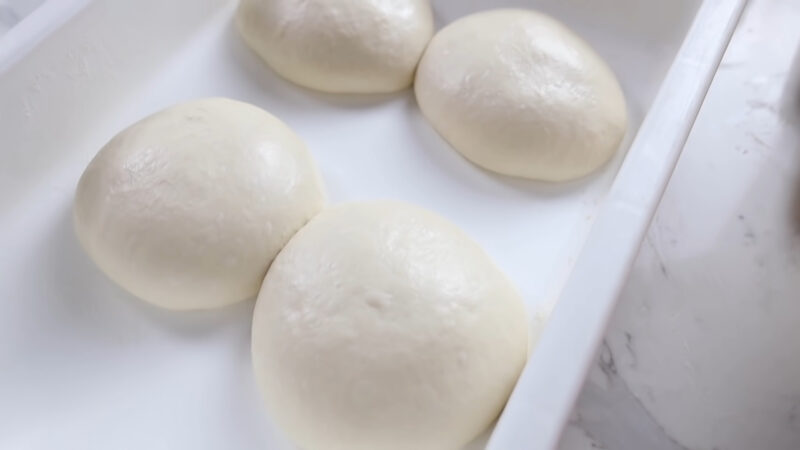
After kneading, the dough enters its critical phase: fermentation. This can be done in two primary ways: a short fermentation at room temperature or a long, slow fermentation in the refrigerator.
- Room Temperature Fermentation: This method usually takes 2 to 4 hours and is ideal when making pizza the same day. The dough is covered and allowed to rest at room temperature, during which it doubles in size due to the activity of the yeast.
- Cold Fermentation: For a deeper flavor, cold fermentation is preferred. This process involves refrigerating the dough for 24 to 72 hours. The cold environment slows down the yeast activity, allowing flavors to develop more gradually and resulting in a more complex taste profile.
Shaping & Baking
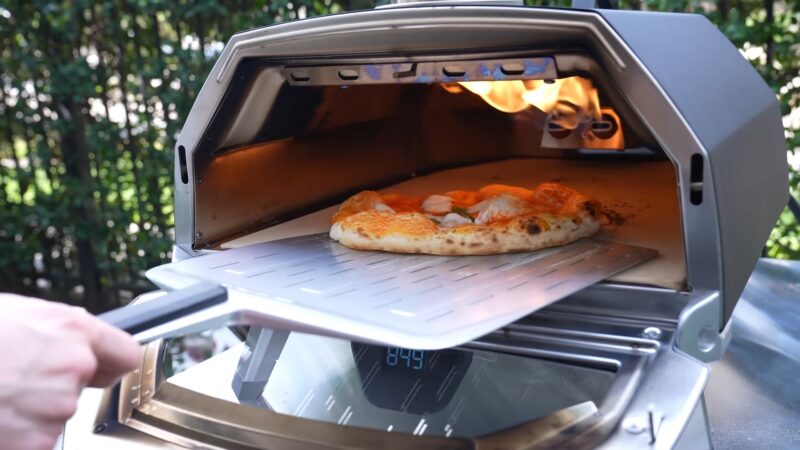
Once the dough has done its thing fermenting, it’s time to get our hands dirty.
Grab the dough ball and gently push it down the middle. Work your way outwards with your fingers until it’s nice and flat. I know the rolling pin looks easier, but trust me – you don’t want to knock all the air out and end up with a dense crust. These bubbles are your friends!
While you’re shaping, toss that pizza stone or steel straight into the hottest oven you’ve got. We’re talking 450 degrees Fahrenheit or higher here. Gotta replicate that authentic pizza parlor heat to get that perfect crispiness.
Once the oven is screaming hot, layer on your toppings. But don’t go overboard – a thin layer lets the flavors shine through without making the crust soggy. Pop it in the oven until the cheese is all melty and the crust is a deep golden brown. Usually 8-12 minutes does the trick, depending on your oven speed.
Just follow these steps and I promise you’ll be serving up pizza perfection in no time. Buon appetito!
Final Words
Making pizza dough ain’t just about following a recipe. It’s part science and it’s part art, if you ask me. You gotta pay attention to the little bubbles forming as the yeast works its magic.
If you’re just cooking for your family or thinking about starting a pizza business, the best part is you’re in control. You get to decide how long to knead it, what flavors to add, how saucy you want it – it’s your canvas to create on.
Related Posts:
- Using Different Types of Flour For Pizza - Prepare a…
- Domino’s Brooklyn Style Vs. Hand Tossed Pizza -…
- 11 Best Spicy Pizza Sauce Recipes For A Hot and Tasty Slice
- Quick and Easy Sauce Recipes - Take Your Homemade…
- How to Make Your Pizza Healthier Than Fast Food…
- Unusual Toppings for Adventurous Eaters - Spice Up…


